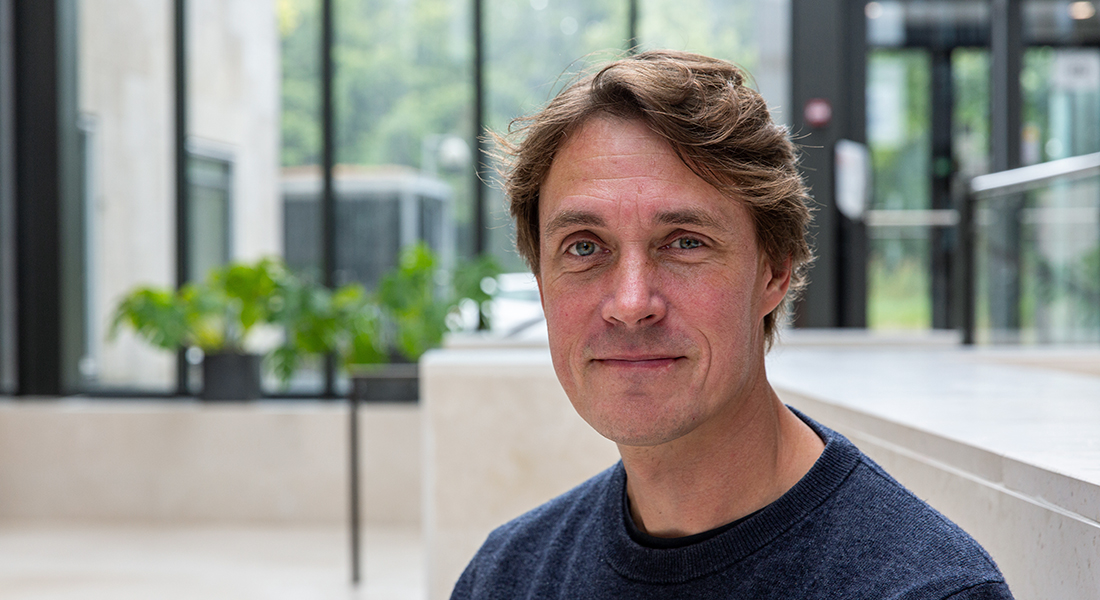Investigating structures of nanocrystals
3D electron diffraction is a rapidly evolving technology that lets researchers examine the atomic structure of pharmaceutical – as well as many other – materials at nanoscale.

To investigate this and to develop the crystallographic analytical potentials of the technology, Associate Professor Anders
Østergaard has received 2.877.656 DKK from Independent Research Fund Denmark for his DFF1 project “A deep learning approach to crystal structure determination from 3D electron diffraction”.
Electron diffraction opens for examination of materials on the atomic level
3D electron diffraction has been through an extensive revolution during the last decade. The technology allows researchers to determine the atomic structure of different materials that were unknown before because of their limited crystal size, more specifically it allows for structural investigation of crystals on the nanoscale level. This opens for new investigations and discoveries of a world of structures and phenomena at the sub-micron level, structures that have been undeterminable until now.
Anders Østergaard is expert in crystallographic method development and he will be heading the project in collaboration with a postdoc. The postdoc position will be open for application in the beginning of 2024.
The team will also conduct their research at the upcoming electron diffraction center here at UCPH, a center that will provide swift access to one of the first dedicated electron diffractometers in the world.
A promising technology and an inadequate method (so far)
Electron diffraction is not a fully developed technology yet, especially because the nanometer-sized crystals of molecular compounds often are damaged by the electron radiation, and because of this the quality of data is low. In addition, the occurrence of multiple scattering events while the electrons pass through the sample has a significant impact on the measured signal, jeopardizing the structure information inherent in the diffraction pattern. These effects on the resulting data make it difficult to create a structural model from the data.
Here, Anders Østergaard has a different approach to structure determination in this research project. Based on the fact that the basic physical understanding of the electron diffraction phenomenon is well understood, the team will generate millions of virtual electron diffraction patterns of millions of virtual - but realistic - crystals. With this enormous dataset at hand, they will train a neural network to provide a more precise understanding of the nanoscale crystal structures.
